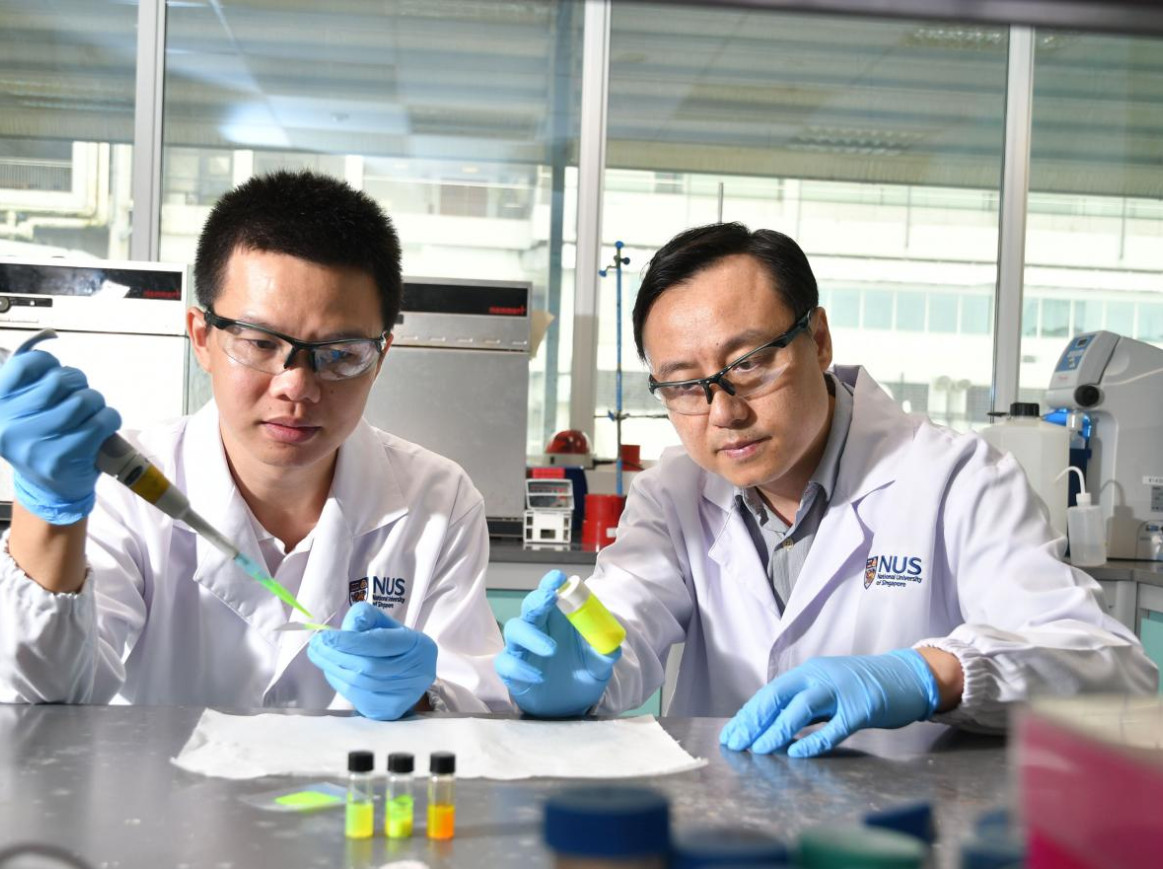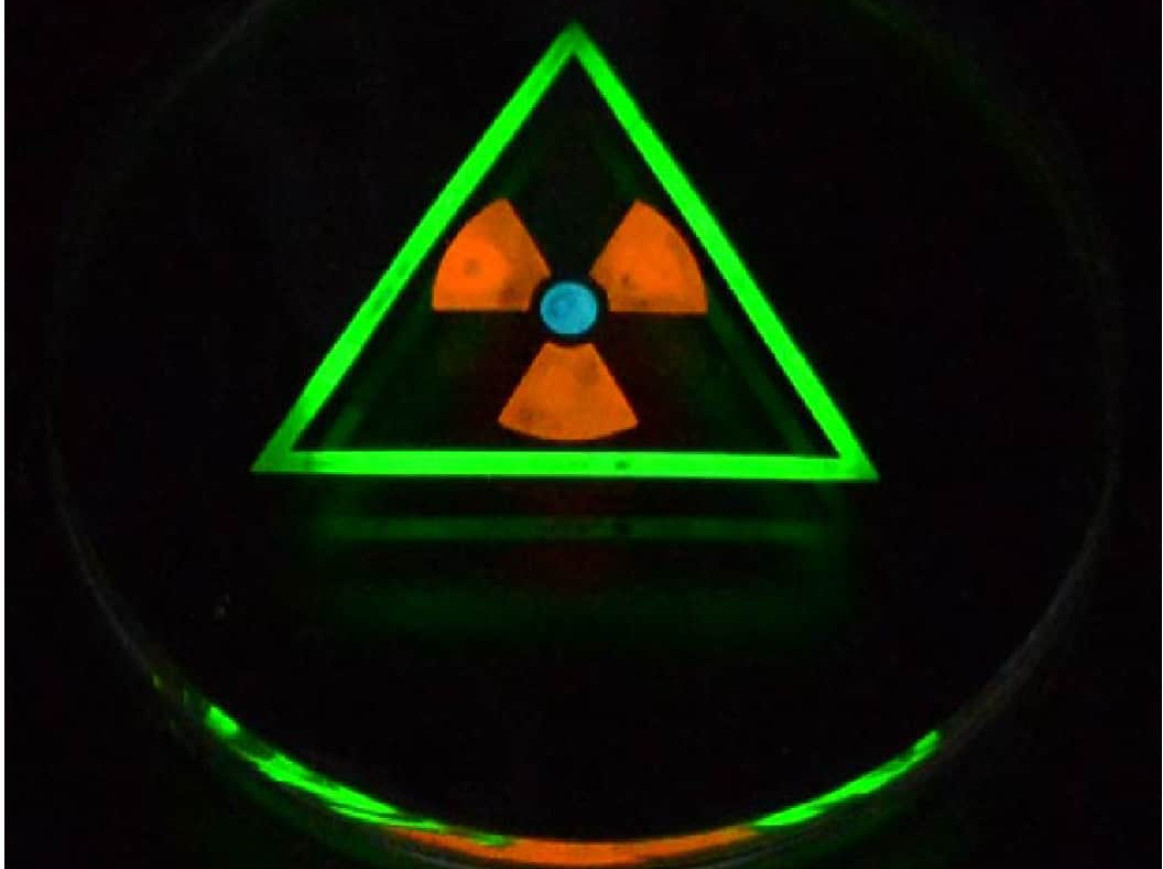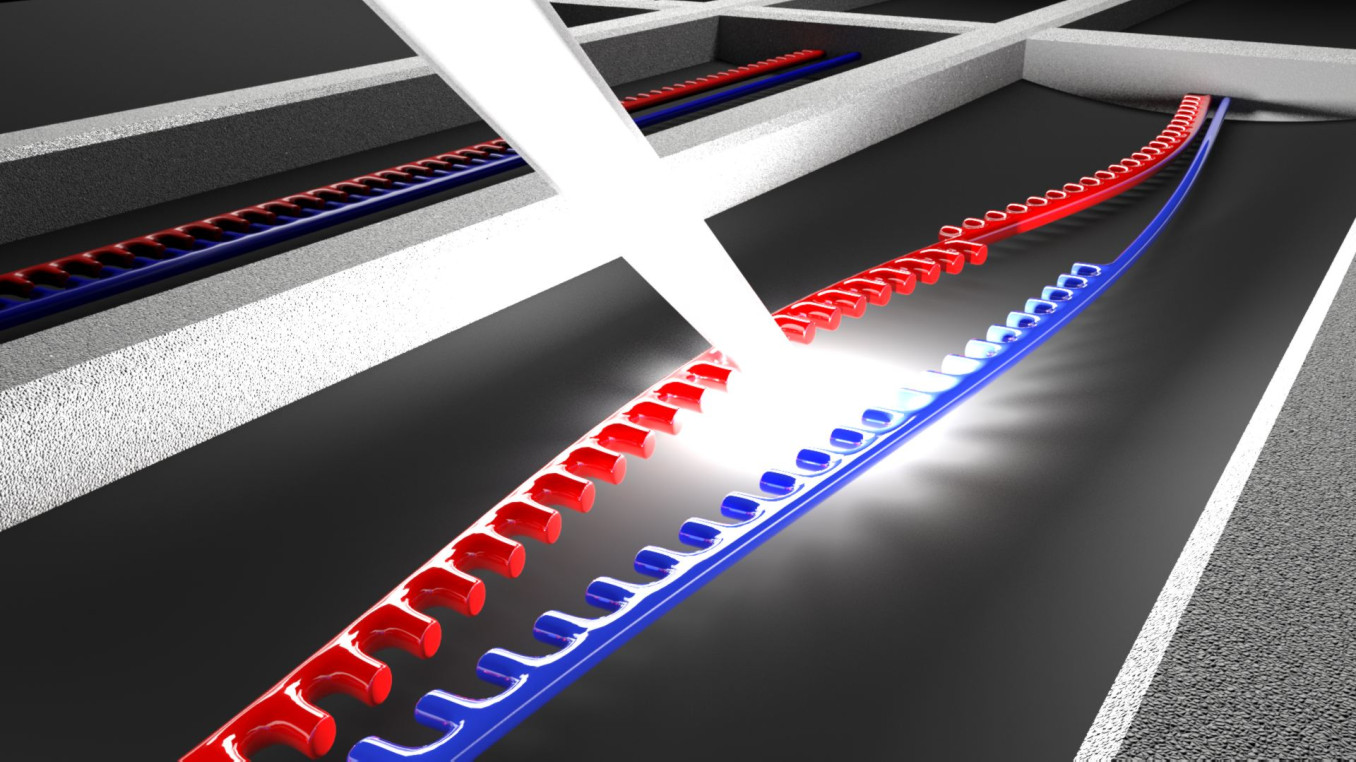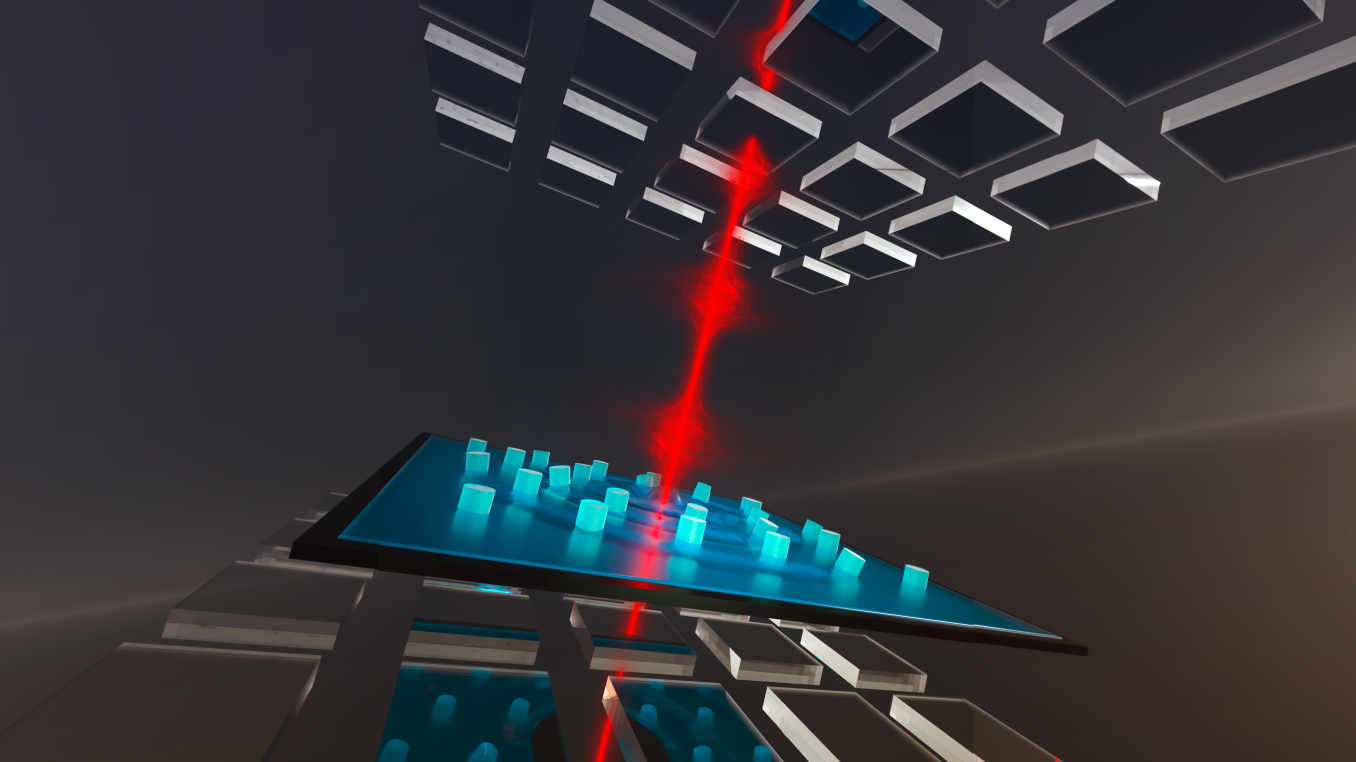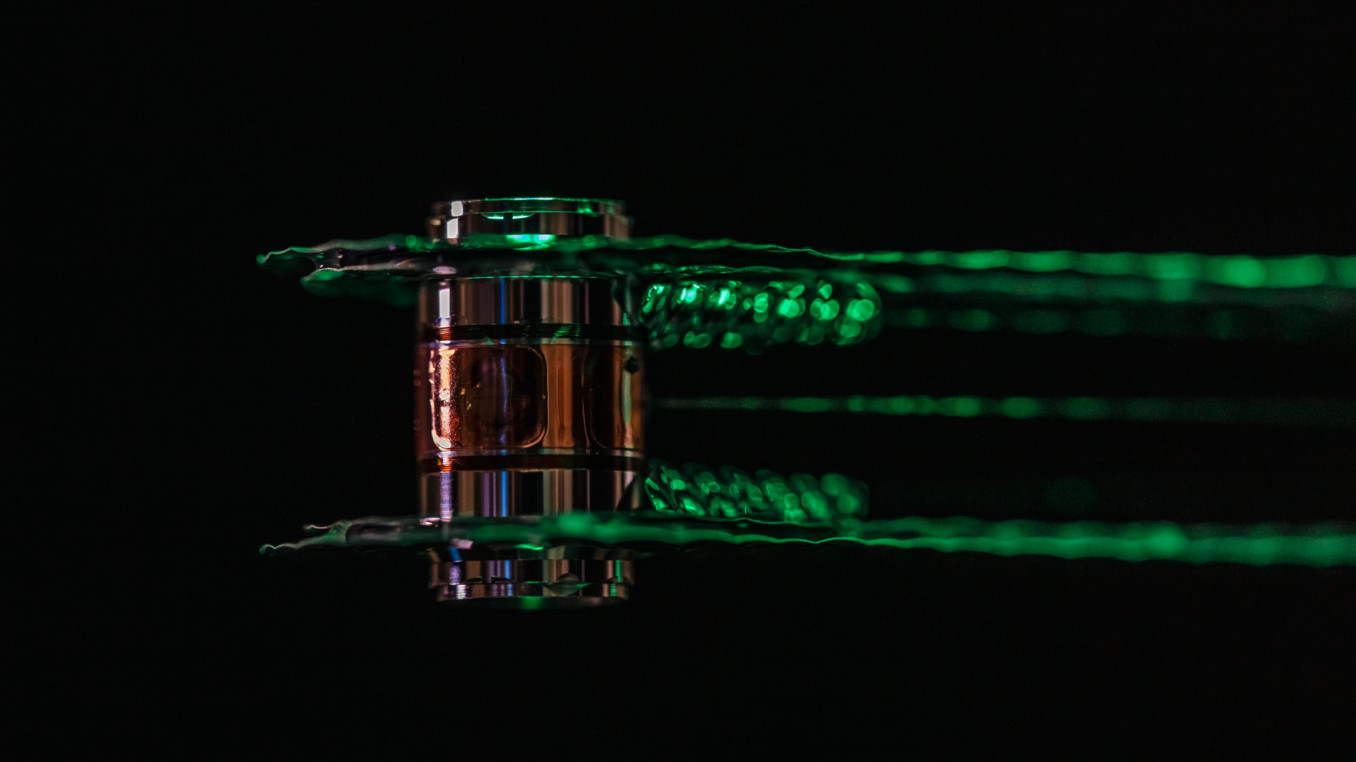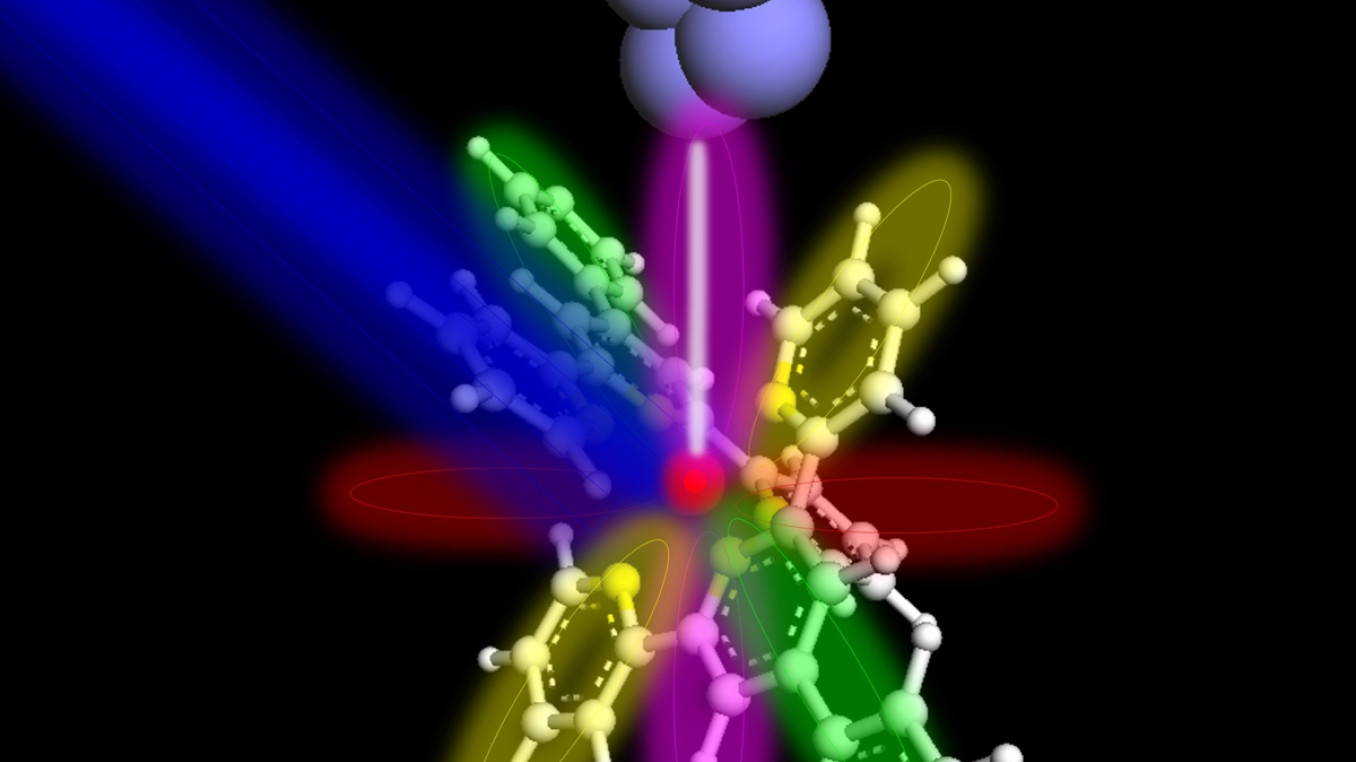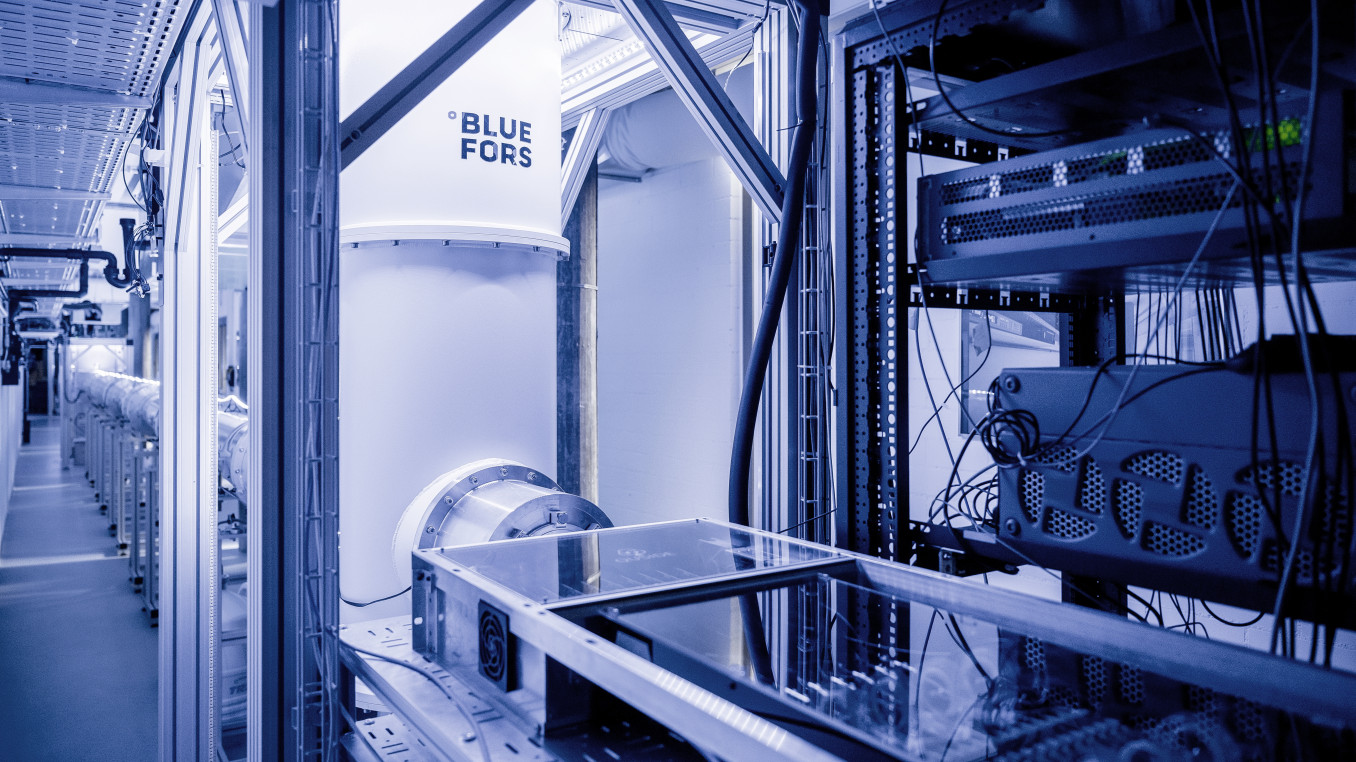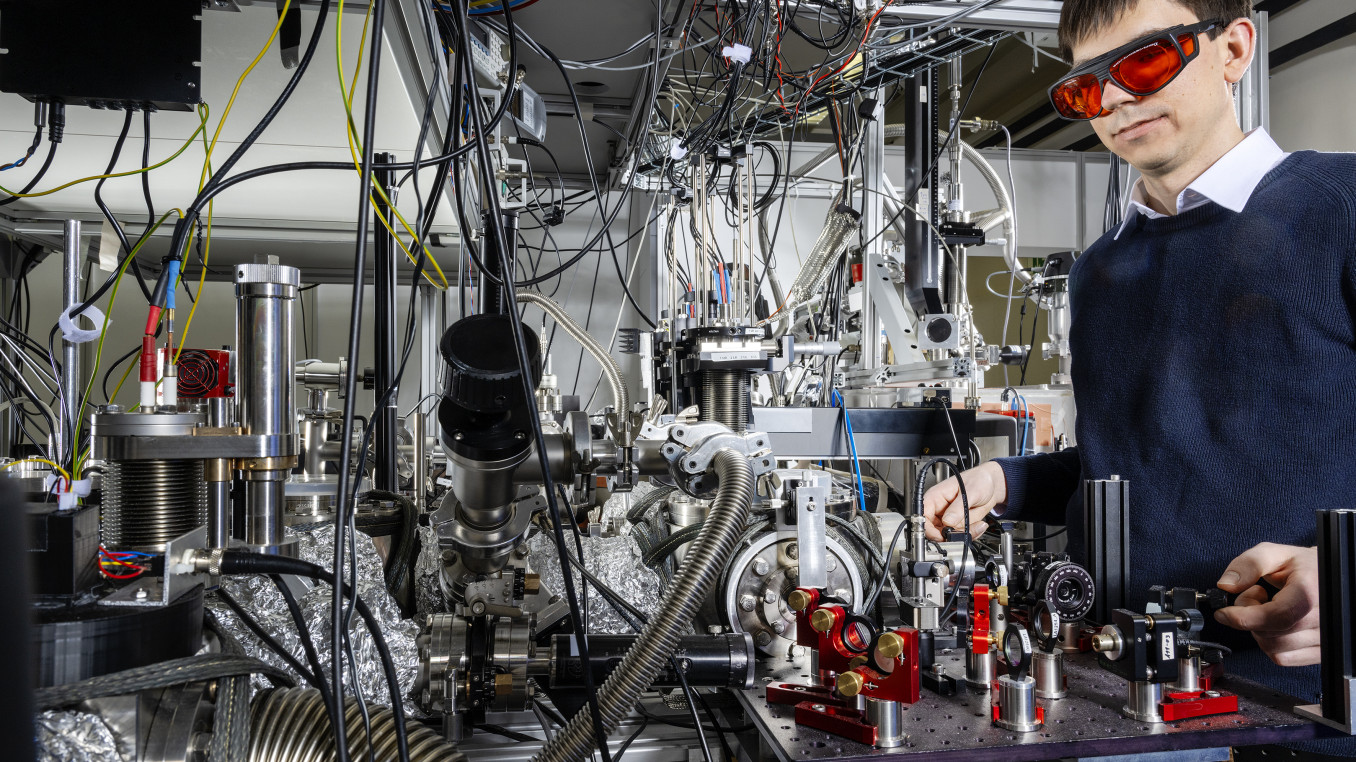Revolutionizing X-ray Imaging: Xiaogang Liu's Advanced Nanomaterial Solutions
Breaking the Wall of X-ray Imaging
Winner Interview 2024: Physical Sciences
Discover the groundbreaking work of Xiaogang Liu, who has revolutionized X-ray imaging technology. By developing novel optical nanomaterials, his research addresses key limitations in current systems, promising safer, more efficient, and higher-quality X-ray imaging for applications ranging from medical diagnostics to space exploration.
Which wall does your research or project break?
At a time when high-energy radiation, such as X-rays, is critical for applications in space exploration, medical diagnostics, environmental monitoring, and national security, the need for advanced radiation detection technology has never been greater. However, current scintillation imaging methods face significant challenges, including suboptimal photon conversion efficiency, degraded image quality, insufficient radiation endurance, and sensitivity issues. My research aims to address these limitations through the use of novel optical nanomaterials specifically designed to improve the performance and capabilities of X-ray imaging systems.
Obstacles and limitations in current X-ray imaging technologies
Suboptimal photon conversion efficiency: Conventional scintillators often fail to efficiently convert X-ray photons into visible light. This inefficiency results in weaker images that require longer exposure times or higher doses of X-rays, which can be harmful to patients and materials.
Impaired image quality: The quality of X-ray images produced by conventional scintillators is often compromised by intrinsic material properties that lead to scattering and blurring. This limits the ability to resolve fine details that are critical for accurate diagnosis and detailed inspections.
Insufficient radiation resistance: Many current scintillators degrade over time when exposed to high levels of radiation. This degradation affects their performance and lifetime, making them less reliable for long-term applications in harsh environments such as space exploration or continuous monitoring systems.
Suboptimal sensitivity: Conventional scintillators generally have low sensitivity, meaning they require a higher dose of X-rays to produce clear images. This poses a risk not only to patient safety in medical diagnostics, but also to the structural integrity of the materials being examined, especially in delicate or sensitive environments.
What are the three main goals of your research or project?
The three main objectives aimed at significantly improving the performance and capabilities of X-ray imaging systems are as follows:
• Study non-equilibrium carrier dynamics in scintillators under high-energy ray excitation to decode the phenomena underpinning inefficient photon conversion. This involves understanding how carriers interact and lose energy, leading to inefficient photon conversion. By developing optically and electrically integrated scintillators, we aim to significantly enhance their photon conversion efficiency.
• Utilize tailored 3D light-field reconstruction techniques to probe the optical characteristics of scintillator media, encompassing aspects such as optical scattering, carrier diffusion, and point spread functions. Employ neural network-based image reconstruction methods to recapture and enhance lost imaging detail to improve image resolution to unprecedented levels.
• Develop an innovative imaging architecture that utilizes multimode imaging technology and effectively segregates photon conversion materials from imaging detectors. This strategy aims to mitigate the damage caused by high-energy radiation to the detectors and ensure long-term, stable radiation detection.
By improving photon conversion efficiency, achieving higher image resolution, and developing a robust and stable imaging architecture, our research will contribute to safer, more efficient, and more accurate X-ray imaging solutions for various applications.
What advice would you give to young scientists or students interested in pursuing a career in research, or to your younger self starting in science?
A career in research is both challenging and rewarding. As a young scientist, it is important that you follow your curiosity and let your passion for discovery guide you. Build a solid foundation by mastering the basics of your field, and be willing to work through setbacks and failures and view them as learning opportunities. Seek out mentors and collaboration to gain new perspectives and valuable advice. Keep up to date with the latest developments and stay open to new ideas and technologies. Communicating your research effectively is crucial. So learn to communicate your findings clearly and concisely to different audiences. Ensure scientific integrity and adhere to ethical practices to keep your work transparent. Balance your professional and personal life to keep your mind and body healthy and find joy in discovery. Believe in yourself, trust in your abilities and stay motivated by celebrating small successes along the way. By following these principles, you can walk the path of scientific discovery with confidence and enthusiasm.
What inspired you to be in the profession you are today?
From a young age, I was fascinated by how innovative solutions could solve complex problems and improve people's lives. This passion drove me to pursue a career where I could apply my skills and knowledge to create meaningful advancements.
What impact does your research or project have on society?
My research, which focuses on enhancing X-ray imaging systems through novel optical nanomaterials, promises safer, more accurate, and efficient X-ray imaging solutions with wide-ranging societal benefits, including better medical diagnostics, improved space exploration, and superior industrial applications.
What’s the most exciting moment you've experienced over the course of your research or project?
The most exciting moment in my research was when we successfully demonstrated that our newly developed optical nanomaterials could produce exceptionally clear X-ray images at significantly lower radiation doses. Seeing the sharp, high-resolution images for the first time and realizing the potential impact on medical diagnostics and patient safety was incredibly rewarding and inspiring.
